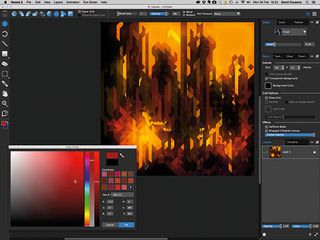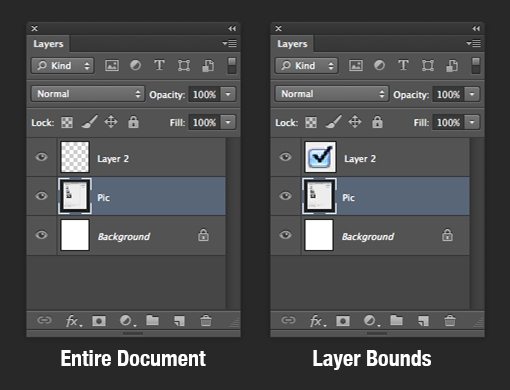

Common PFX in Hexels include blur and color adjustment. PFX are similar to filters in Photoshop in that they modify an existing image according to a set of rules.

Post-processing (PFX) shaders will be used for our two examples.

Hexels incorporates shaders into every stage of its drawing pipeline: For Hexels users, this allows people to create their own blending modes and PFX, potentially doing things with Hexels that we at Marmoset never dreamed of.
#Hexels layers panel stuck code#
For developers, this is useful because code changes can be seen immediately without having to recompile and re-run. Another important feature of shaders is that they can be loaded and reloaded while the application is running. Shaders run on the GPU far faster than compiled code runs on the CPU, which means that post effects can be re-calculated every time Hexels draws without causing a noticeable slowdown. What is a Shader?Ī fragment shader is a short program that runs on the graphics card (GPU) to determine the color of an individual pixel. Please note that as we improve Hexels, this information may change, and any shaders you make may need to be updated for future versions, but we’ll try to keep as much backwards compatibility as possible. If you need a refresher on GLSL, visit the following links: A basic knowledge of GLSL 1.2 (OpenGL Shading Language) is highly recommended, but anyone with some programming experience should be able to do something with this tutorial. This tutorial gives an overview of shaders and how they’re used in Hexels, and then shows a couple simple examples of adding custom shaders, allowing Hexels to perform new tricks. Shaders allow these effects to be calculated in real-time for Hexels’ vector graphics. One of the coolest new features in Hexels 2.5 is the use of fragment shaders for layer blending and post effects (PFX). Adding Blending and Post-Processing Effects


 0 kommentar(er)
0 kommentar(er)
